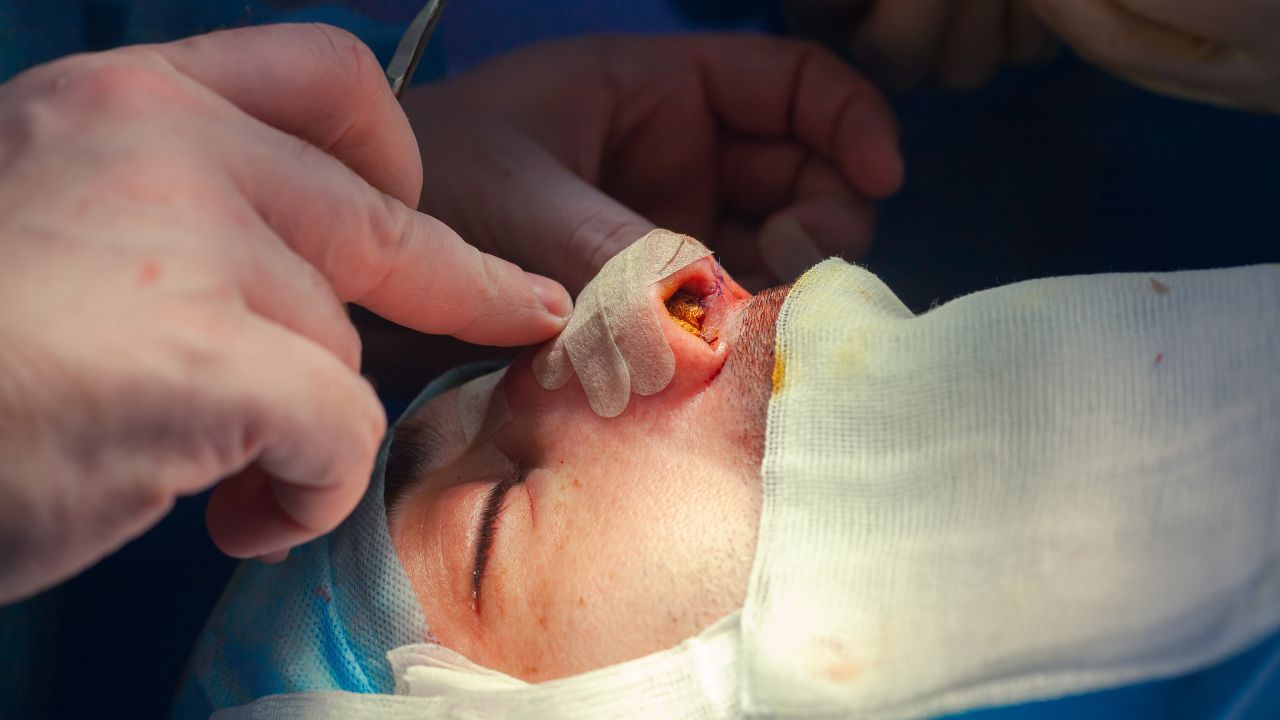
Rhinoplasty Nose Surgery in India
Rhinoplasty Nose Surgery, commonly known as a nose job or nose reshaping, can be performed by an otolaryngologist, a head and neck surgeon, a maxillofacial surgeon, or a plastic surgeon. This procedure aims to improve the function (reconstructive surgery) or appearance (cosmetic surgery) of the nose.
Candidates for Rhinoplasty
People often seek rhinoplasty if they feel their nose is too large compared to their other facial features. Common concerns addressed by rhinoplasty include:
- Noses with a prominent hook
- Crooked noses
- Exaggerated ski jump tips at the end of the nose
- Flat noses
- Large nostrils
Rhinoplasty Procedure
Various techniques can be employed in rhinoplasty, with the choice depending on the desired outcome. The surgery can last up to two hours and is performed under local or general anesthesia. The two primary techniques used are open and closed rhinoplasty.
Open Rhinoplasty
In open rhinoplasty, the surgeon makes incisions both inside and outside the nose, allowing greater control over the reshaping process. This approach often results in more visible, though typically minor, scarring.
Closed Rhinoplasty
In closed rhinoplasty, the surgeon makes incisions only inside the nose, minimizing visible scarring. During the procedure, the nasal tissue covering the bone and cartilage is separated. The surgeon may modify the cartilage or fracture and reposition the bone. In some cases, they use cartilage from another part of the body to reshape the nose. The surgeon usually closes the incisions with dissolvable sutures.
Recovery Time
After surgery, you may need to wear a plaster cast to stabilize and protect the nose for about seven days. Common temporary side effects include swelling, bruising, and numbness. It is advisable to take up to two weeks off work and avoid strenuous activities for several weeks. Additionally, limit sun exposure during the initial recovery period to ensure optimal healing.
Risks of Rhinoplasty
Rhinoplasty and reconstructive surgery carry potential risks, including:
- Blood clotting
- Skin discoloration
- Ruptured blood vessels
- Permanent, noticeable scars
- Numbness
- Swelling
- Breathing difficulties
Despite these risks, many individuals undergo rhinoplasty to achieve their desired appearance or improve nasal function. It is crucial to consult with a qualified surgeon to understand the potential benefits and risks before proceeding with the surgery.




